Even though there are countless metals and plastics to 3D print with, ceramic materials have unique properties that are extremely valuable in the high-tech manufacturing of everything from semiconductors and bone implants to rocket engines and cutting tools. Add 3D printing technology, and you can create ceramic parts in shapes and with features not possible with any other manufacturing process. This combination of material and technology is not only enabling better and more efficient ceramic parts, but it is positioning ceramics as an alternative to metals and plastics for a wide range of new applications.
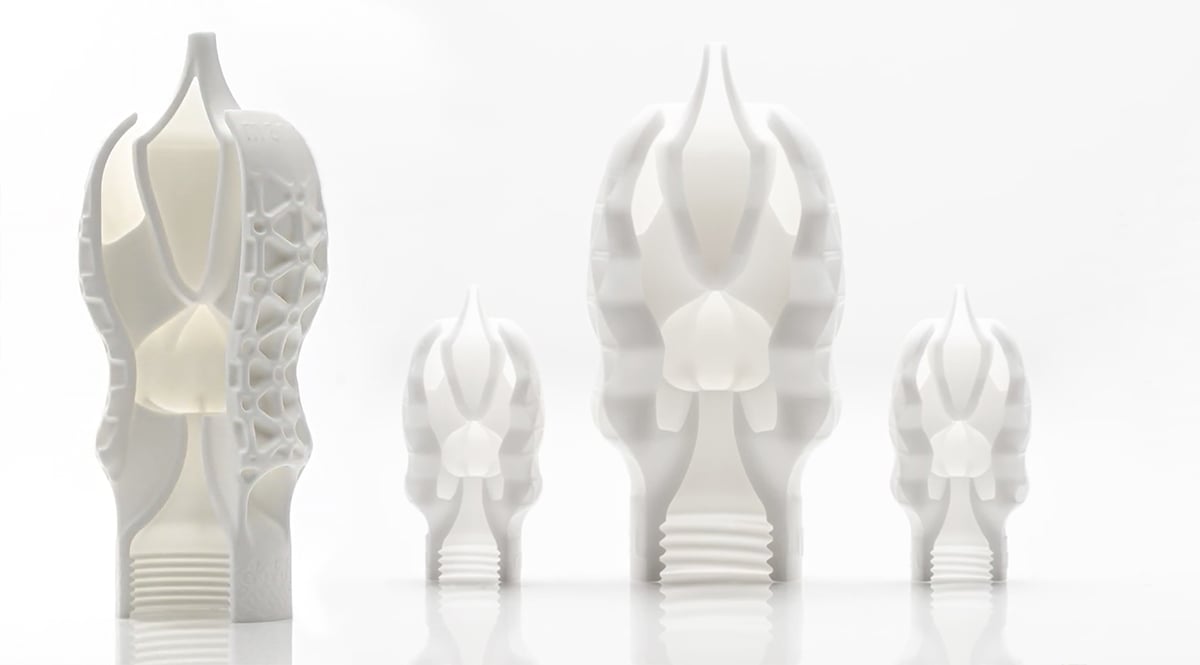
Take, for example, an industrial part made by Bosch Advanced Ceramics for machinery maker STIWA. The company needed to produce a machine that provided an exact dose of a highly viscous adhesive exactly where needed in the production line. Metal “dosing needles” were used in the past but are time-consuming to manufacture. Machinery downtime is not acceptable to STIWA, so it sought a part that is as accurate but more durable and faster to the manufacturer. Bosch Advanced Ceramics designed and delivered a ceramic dosing component with a unique internal geometry: a cone that tapers from a few millimeters to 0.8 mm, while still having a complex curvature. This design could not be produced using conventional manufacturing technologies, and the 3D printing created the necessary low surface roughness for more efficient frictionless adhesive flow through the borehole.
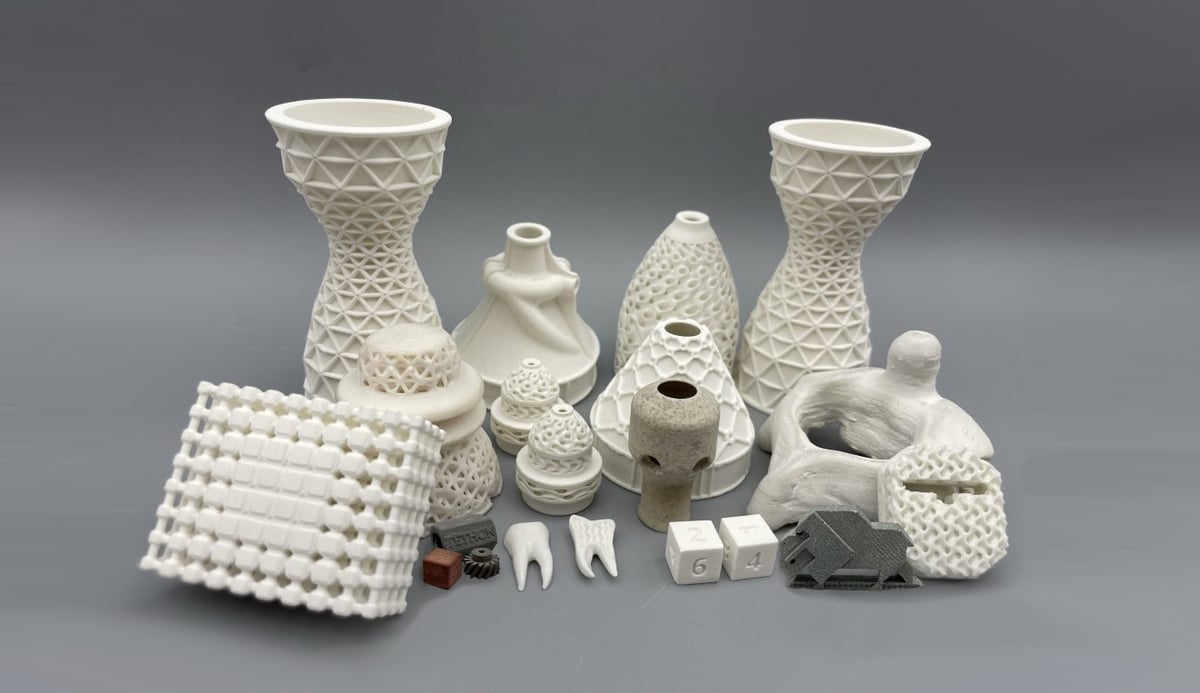
Today, 3D printed ceramics are finding applications in a wide range of industries replacing other ceramic processes, such as in investment casting of metal parts. The traditional metal investment casting industry uses wax molds that are dipped in ceramic silica suspensions, then dried and de-waxed to form the final ceramic shell into which metal is poured. US-based investment casting company Aristo Cast developed an approach to directly 3D print shells using a silica-based ceramic slurry, skipping several costly and time-consuming steps.
Another reason manufacturers in a wide range of industries are taking a new look at ceramics is cost. 3D printing is far more cost-effective and faster than traditionally producing ceramic parts, particularly for low-volume industrial applications and prototypes. Functional prototypes made of ceramic are also economical, even in small series, since no large investments in tools are necessary.
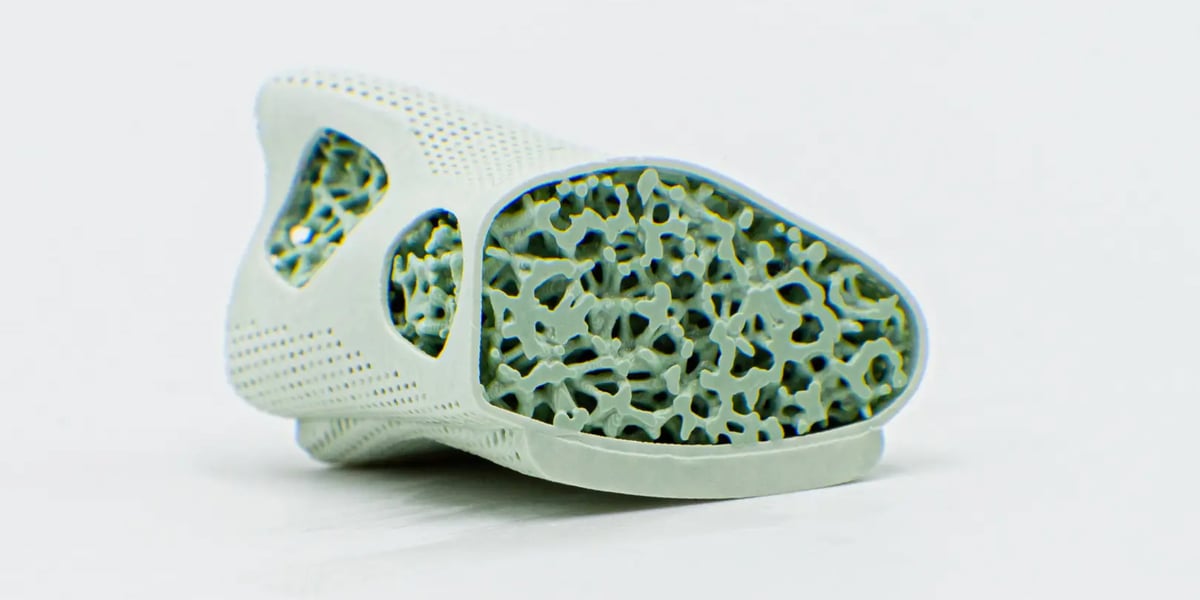
Despite its vast potential, 3D printing with technical ceramics remains a niche industry. Successful applications require design for additive manufacturing skills and thorough knowledge of the manufacturing process. A growing market of ceramic part suppliers, however, now using 3D printers, such as CeramTec, Bosch Advanced Ceramics, Steinbach AG, and Saint-Gobain Ceramics, may turn the tide. Let’s dive deep into this technology to uncover if technical ceramics is set to rival traditional manufacturing and metal 3D printing in a wide range of applications.
| Printer | Technology | Materials | Size |
|---|---|---|---|
| 3DCeram Sinto C101 Hybrid | Stereolithography (SLA) | Alumina, Zirconia, Silicore, Aluminium Nitride, Silicon Nitride, HAP, more. | 100 x 100 x 150 mm |
| Lithoz CeraFab System S230 | Digital Light Processing (DLP) | Alumina, Zirconia-toughened Alumina, Zirconia, Tricalcium Phosphate, Lead Zirconate Titanate, Hydroxyapatite, Silicon Nitride, more. | 192 x 120 x 320 mm |
| XJet Carmel 1400C | Material Jetting | Alumina, Zirconia, Soluble Support Material | 500 x 140 x 200 mm |
| Admatec Admaflex 300 | Digital Light Processing (DLP) | Alumina, Zirconia, Fused Silica, Hydroxyapatite | 260x220x520 mm |
| Voxeljet VX200 | Binder Jetting | Silicate- (SiC) and oxide- (AIO2, TiO2, ZrO2) based ceramics, sand, | 150 x 300 x 200 mm |
| Desktop Metal X25Pro | Binder Jetting | Alumina, Aluminium Nitride, Silicon Carbide, Tungsten Carbide Cobalt, Sand, Metal | 400 x 250 x 250 mm |
| Tethon 3D Bison 1000 | Digital Light Processing (DLP) | Alumina, Aluminum Silicate, Zirconia, Flex Ceramic, Glass Ceramic, Mullite, more. | 110 x 60 x 138 mm |
What Are Technical Ceramics
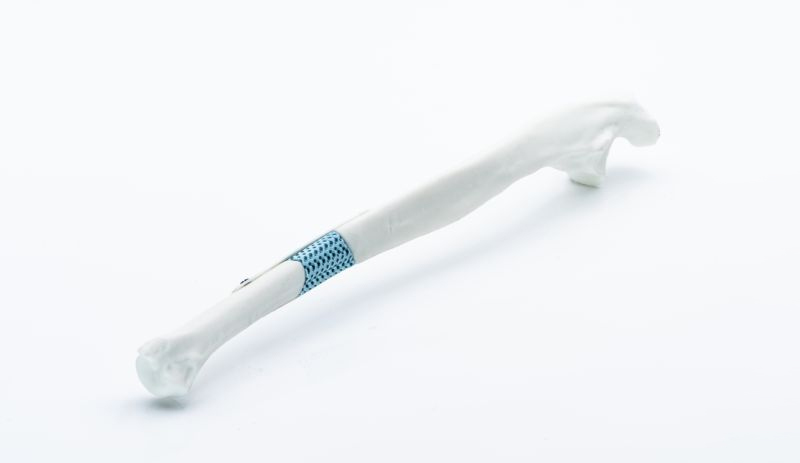
Unlike the ceramic material used in pottery, technical ceramics (also called industrial or engineering ceramics) have nothing to do with clay. They are available in various properties: strong as the hardest metal, heat resistant enough for deep space, porous to enable cellular growth in human implants, wear-resistant for demanding oil & gas industry applications, completely transparent but harder and stronger than glass, and electrically insulating.
The properties of 3D printed ceramic parts are equal to or better than traditionally manufactured ceramics as long as the density of ceramic material is high (we cover this more in the next section).
Technical ceramics come in a wide variety of formulas ranging from aluminum oxide (Al2O3), which is the most common to zirconium oxide (ZrO2), commonly called “ceramic steel”. There’s also tricalcium phosphate (TCP) used as a functional material for implants and bone replacement, and silicon carbide (SiC) and boron carbide (B4C) are used in oil & gas and automotive applications. Lithium disilicate is used for near-natural-looking dental restorations.
Advantages of technical ceramics:
- Extremely high heat resistant
- Ware and abrasion resistant
- Low thermal expansion
- Chemically inert (no corrosion)
- Electrically insulating
- High dimensional stability
- Bioinert and, in some cases, bio-reabsorbable
The technical ceramic materials themselves come in powders, viscus slurries and resins, and filaments. They are definitely some of the more expensive materials to 3D print with but their characteristics are unmatchable. Despite the current costs, more affordable technical ceramics may be on the horizon as new ceramic resins and filaments expand accessibility to this unique material family.
One of the newest ceramic 3D printing technologies, laser-induced slipcasting (LIS) from Lithoz, uses a water-based ceramic slurry very similar to the material used in conventional ceramic manufacturing at nearly the same cost.
How to 3D Print Ceramics

You’ll rarely find technical ceramics used with extrusion technology but don’t write it off. There’s a growing availability of technical ceramic filaments on the market (3DCeram, Zetamix, The Virtual Foundry) that can be used with most desktop FDM printers. As with metal filaments, which are currently booming in popularity, the widespread use of ceramic filaments may be poised to take off.
Likewise, makers of ceramic resins (or slurries) are growing their compatibility partnerships with 3D printer makers. For example, the Tethon 3D technical ceramic photoresins can be printed on the Flux Core 3D printer from Fortify. The Tethon Porcelite, a UV-curable ceramic resin, is suitable for any SLA or DLP 3D printer with UV wavelengths between 350 and 405 nm. There are also general-purpose photopolymer resins reinforced with ceramic particles, but these don’t meet the definition of technical ceramics because the ceramic-to-resin ratio is too low.
More common today, ceramic 3D printing uses digital light processing (DLP), which uses a photosensitive ceramic-polymer slurry and light; stereolithography (SLA), which uses a ceramic resin and a laser; or binder jetting, which involves a ceramic powder and a binding agent. There’s also laser-induced slipcasting (LIS), which uses a high-speed CO2 laser to selectively dry the slurry layer by layer.
Ceramic additive manufacturing via vat photopolymerization (DLP, SLA) is the most mature additive manufacturing technology for ceramics, being able to produce the densest structural parts.
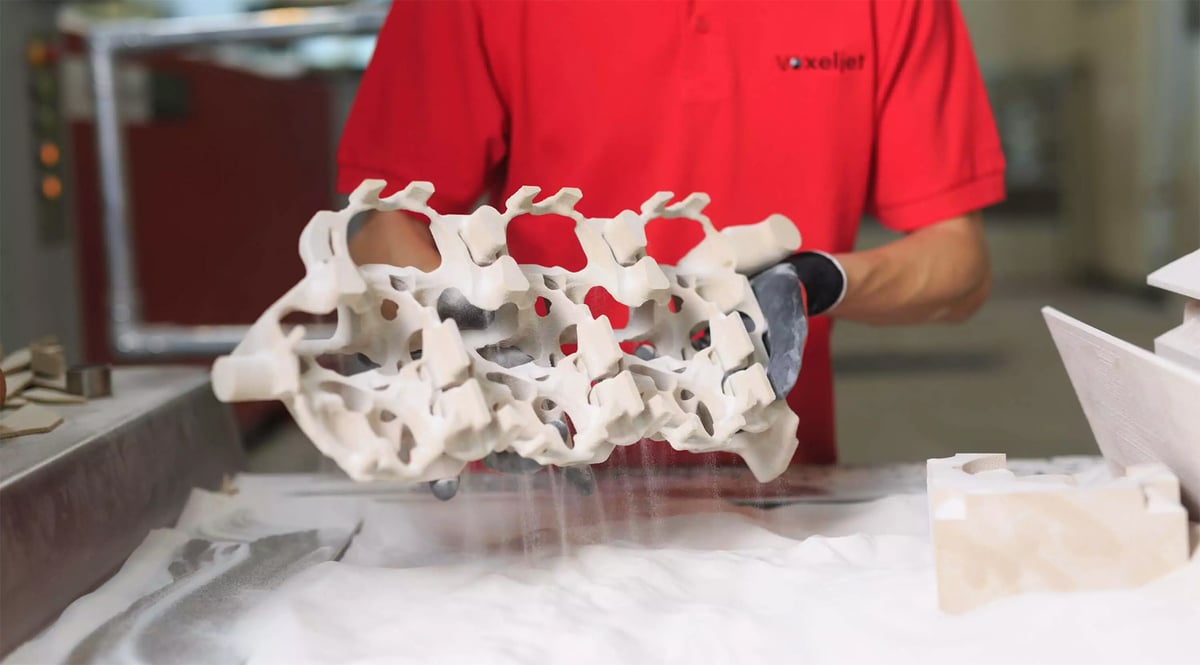
Regardless of the method, all ceramic 3D prints require heat treatment or sintering in a high-temperature oven after printing. During sintering, the part condenses into solid ceramic. This shrinkage has to be accounted for in the original print. The distortion does not necessarily take place to the same extent in every spatial direction or for every geometry, so some trial and error is common. Design must also account for possible support structures that help to keep warping low but can be difficult to remove.
Heat treatment can be a tricky process. Heating and cooling rates must be carefully monitored to avoid failures and cracks that may be invisible to the naked eye. This post-processing is also time-consuming, taking several hours at least. The duration of the entire process depends on part geometry, the amount of binder or polymer in the original print, and the thermal decomposition characteristics of the binder used. Ceramic 3D printing services and OEM, however, have racked up a lot of know-how when it comes to parts made is the most common materials, alumina and zirconia.
Some ceramic 3D printing methods also include a debinding step before sintering to remove polymers used in the 3D printing process, while binder jetting requires parts to be depowdered or removed from the ceramic powder cake and cleaned.
Top Applications for 3D Printed Ceramics
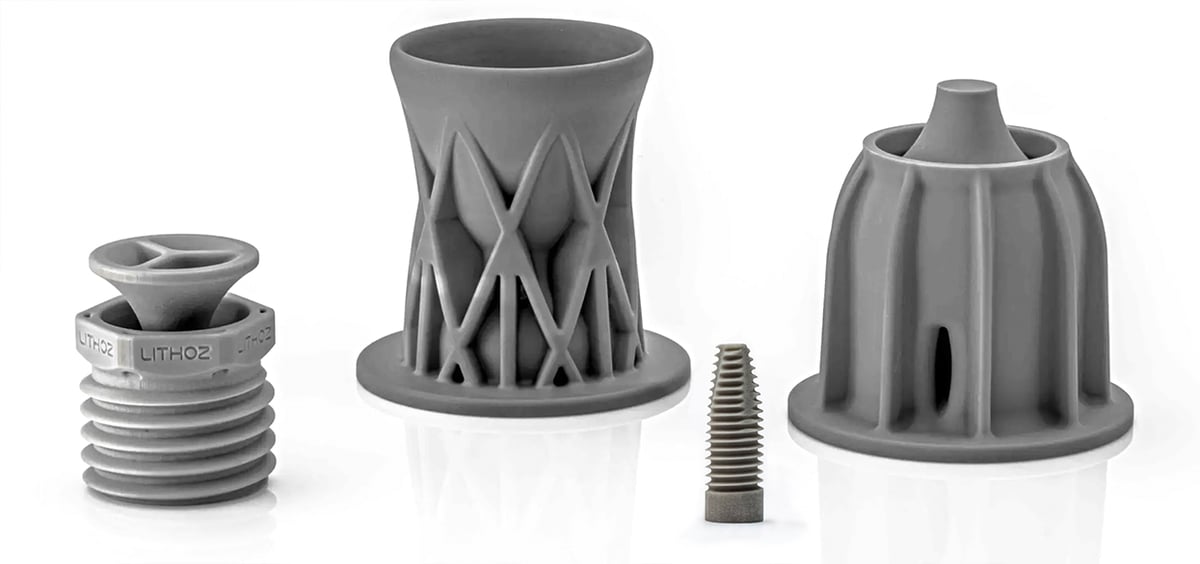
Not only does 3D printing expand the design possibilities for parts already manufactured in ceramic, but it positions ceramic as a material option that would be unfeasible by other manufacturing methods. A number of areas have benefited from the technique.
- Foundry cores
- Surgical instruments
- Patient-specific implants (reabsorbed by the body)
- Dental implants, crowns, veneers
- Investment casting shells
- Fluid & gas filters
- Engine injectors and nozzles
- Heating components
- Semiconductor wafers
- Heat exchangers
- Solar absorbers and antennas (satellites, 5G, drones, etc.)
- Microfilters
3DCeram Sinto C101 Hybrid
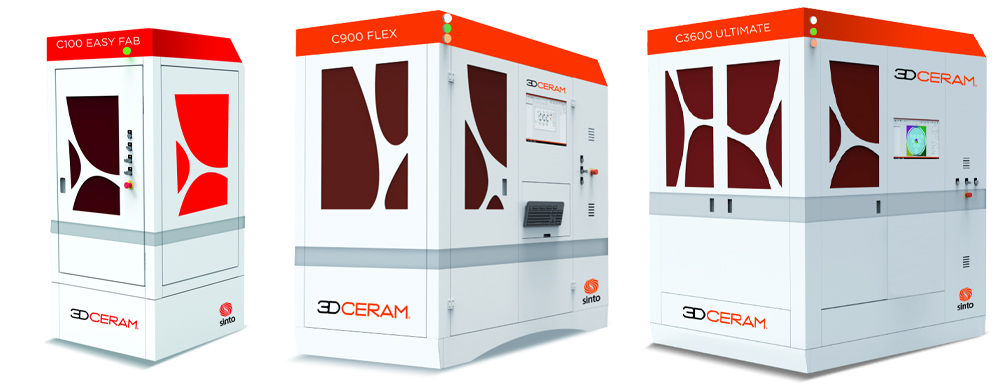
With over 15 years of expertise in ceramic 3D printing, French company 3DCeram offers seven machines and on-demand and serial production services, including materials consulting and R&D for new parts and components. The company developed a proprietary “support-link-free” technology that is said to leave no support marks on any surface. The method is a top-down stereolithography so the tray moves down as the part itself is built from the bottom up.
The smallest of the company’s printer line is the C101 Easy Lab designed for research and prototypes. It uses a UV Laser to cure layers of ceramic resin to a very small 0.020 mm layer height. The rest of the 3DCeram fleet covers a wide range of sizes up to large-scale production and multi-material 3D printing.
3DCeram offers several oxide and non-oxide ceramic materials and will custom-create ceramics.
In late 2022, 3DCeram acquired an FDM printer startup Tiwari and plans to expand its ceramic know-how to FDM printing ceramics with filament. The 3DCeram Sinto Tiwari FDM features a water-cooled extruder for consistent temperature and comes with ceramic (silicon carbide, alumina, zirconia) and metal (titanium, stainless steel, copper) filaments.
Lithoz CeraFab System S230
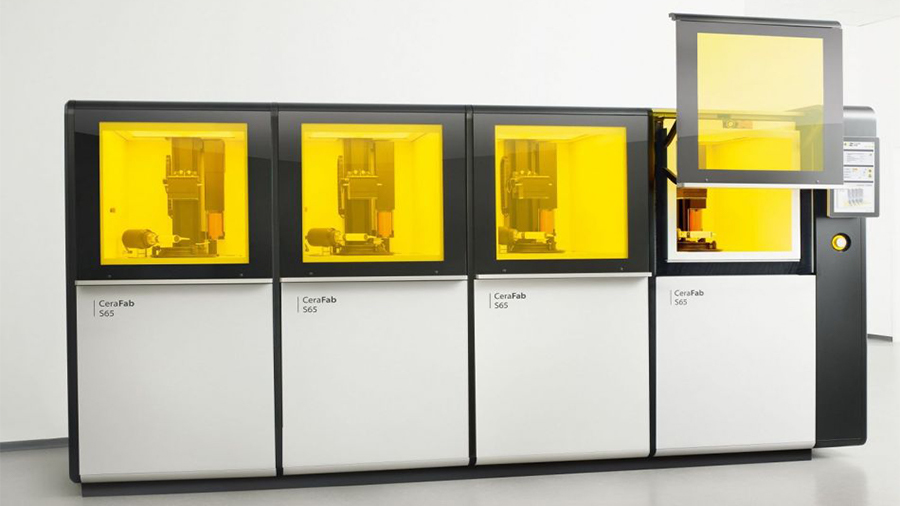
Additive manufacturing company Lithoz focuses exclusively on ceramics offering seven machines and a wide range of materials.
The company’s CeraFab system, comes in five models (L30 Lab, S25, S65, S65 medical, and S230), which differ in resolution and build volume. The CeraFab Lab L30 is a shop floor-friendly 3D printer with the full power of Lithoz’s original CeraFab 7500 condensed and specifically developed as a starting point for ceramic 3D printing. The company’s two other lines are the CeraFab Multi and CeraMax Vario.
The CeraFab systems use vat polymerization technology, which is usually used with photopolymer resins, but Lithoz uses a ceramic-loaded liquid. They call their tech LCM for lithography-based ceramic manufacturing, but they have another tech used in their larger machines called laser-induced slipcasting (LIS). The process (explained in the video below) resembles many features of stereolithography but enables large and dense additive manufactured parts with thick walls from conventional water-based ceramic slurries.
One of CeraFab’s most interesting features is the modular design that allows for a combination of units for volume manufacturing.
The company’s CeraFab Multi 2M30 is a multi-material machine capable of making ceramic-metal parts, ceramic-polymer parts, and parts with two types of ceramic.
In Oct. 2022, Lithoz acquired the company CerAMing, the patent holder for a unique ceramic 3D printing process called Layer-wise Slurry Disposition (LSD).
XJet Carmel 1400C
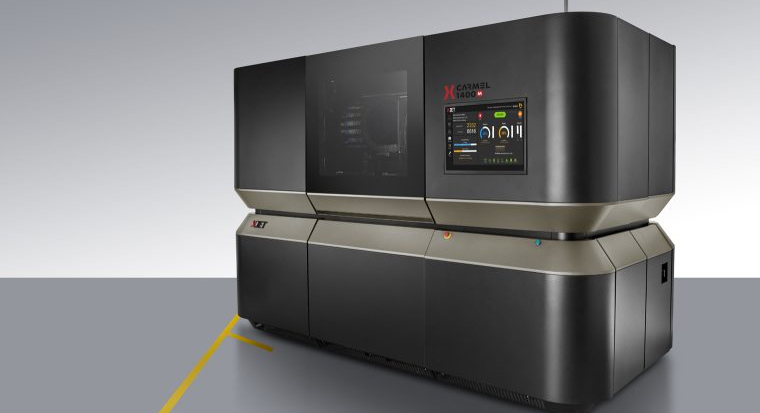
XJet takes a unique approach to industrial ceramic 3D printing with a material jetting technology the company calls NanoParticle Jetting. Unlike other ceramic printers, the Carmel 1400C does not use ceramic powder or a vat of ceramic slurry. Instead, a ceramic liquid material and a separate soluble support liquid are jetted onto the build plate through thousands of tiny ink jets.
Featuring a 1,400 cm² build tray, the Carmel 1400C enables the simultaneous production of multiple ceramic parts.
After printing, parts are moved into XJet’s SMART (Support Material Automatic Removal Technology) station, which automates the post-printing removal of the soluble supports. Lastly, parts undergo an overnight sintering process in a commercial oven.
XJet ceramic materials include zirconia and alumina in sealed cartridges.
Admatec Admaflex 300

The Netherlands-based Admatec focuses on developing new 3D printing techniques for metal and ceramic materials.
Following the release of its first 3D printer, the Adamflex 130, in late 2019, the company unveiled its new ceramics printer: the Admaflex 300. It’s meant to produce large-scale parts, with a build volume of 200 x 200 x 300 mm, while featuring a patented feedstock system and a vision-based system for in-process monitoring.
The AdmaPrint feedstock is specially formulated with a mixture of photosensitive resins and a solid load of powder (either ceramic or metal), called slurry. The use of light curing and slurries produces parts with high resolutions and very fine surface roughness in printed products.
The Admaflex 130 3D printers built from 2016 to 2022 can be upgraded with a patented feedstock system for printing metals and other heavy powders. The add-on for metal printing overcomes the sedimentation problem of higher-density materials, the company says. The Admaflex 130 Evolution comes standard with ceramic and metal printing capabilities.
Voxeljet VX200
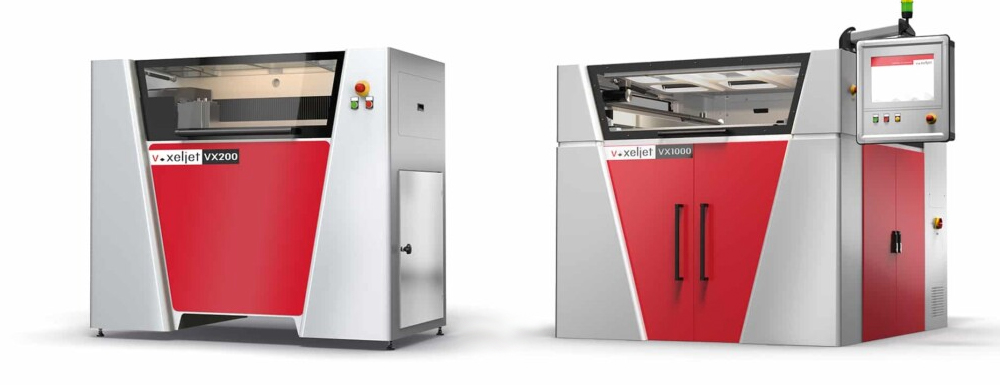
German company Voxeljet offers two industrial ceramic printers based on binder jetting technology.
The VX200 is capable of processing plastics and ceramics, while the VX1000 can process plastics, sand, and ceramics from medium-sized molds and cores for metal casting, to ceramic components.
The Voxeljet open-source software allows process parameters to be adapted to individual 3D printing materials.
Desktop Metal X25Pro
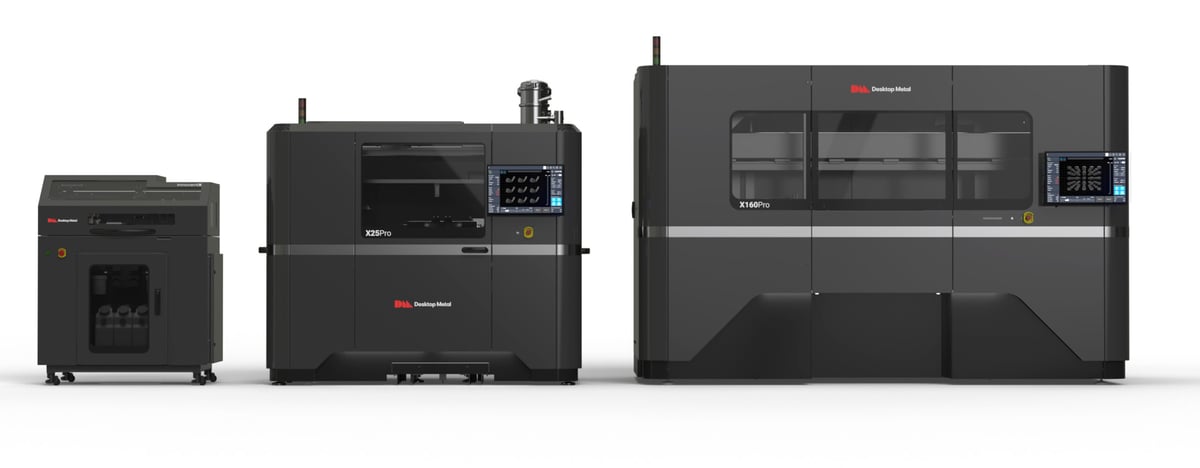
3D printer and material maker Desktop Metal offers three binder jet 3D printers that create metal and ceramic parts.
The InnoventX is its most compact version suitable for education, research, prototyping, rapid product development, and short-run production of small components. The X25Pro is a mid-volume system launched in 2020 and the largest of the series is the X160Pro designed for continuous 24/7 production yet supports short-run production, rapid product development, and prototyping.
All three machines can print with a wide range of powder ceramics, including alumina and tungsten carbide cobalt (ceramic-metal).
Tethon 3D Bison 1000
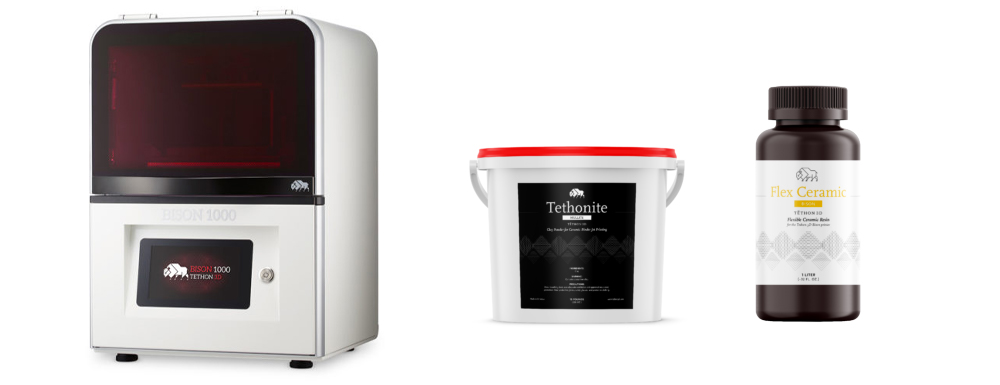
US-based Tethon 3D focuses on making ceramic materials for industrial, consumer, and design industries. It manufactures ceramic powders for binder jetting and photocurable ceramic polymers for SLA and DLP machines and holds several patents related to ceramic 3D printing.
The company’s Bison 1000 can print with all of the company’s ceramic resins in ceramic, glass-ceramic, and even flexible ceramic that produces parts that can be positioned by stretching and molding then sintered in place to become 100% solid inflexible ceramic.
Although you can use many Bison materials in other vat polymerization machines, some are tuned only for the Bison 1000.
Get Your Ceramic Parts 3D Printed
Although there are thousands of 3D printing service companies, very few offer technical ceramics.
Admatec and Voxeljet, two printer manufacturers mentioned above, offer a parts-on-demand service in the EU. The German 3D printing companies ProTIQ and QEP3D offer ceramic stereolithography 3D printing. In the US, you can reach out to Calix Ceramic Solutions, and in Asia, there’s SK Fine.
*How Much Do Ceramic 3D Printers Cost?
Professional 3D printers cost anywhere from $10,000 to a million, which is not a helpful answer at all, we know. The truth is that for machines in the $10K to $90K range, you’ll usually find a consistent and public sticker price.
However, when you get above $100K, and especially when you approach $250K, there can be many factors that affect the final price you’ll pay, such as customizations, options, your location vs. where the machine is manufactured (import duties, taxes), how many you’re buying, discounting for education, research, or case study partnerships, long-term agreements, marketing agreements, instillation and training, optional warranties, and more.
The price of one machine with every possible add-on and customization going to a high-cost location can be three times the price per unit of a 10-machine order to major city.
That said, manufacturers should provide you with a ballpark figure for your CapEx request upon first contact. OEMs don’t want to spend time and resources serving a potential customer when their machine is clearly out of reach, so early transparency on prices is a win-win.
License: The text of "The Best Ceramic 3D Printers for Technical Ceramics" by All3DP Pro is licensed under a Creative Commons Attribution 4.0 International License.
